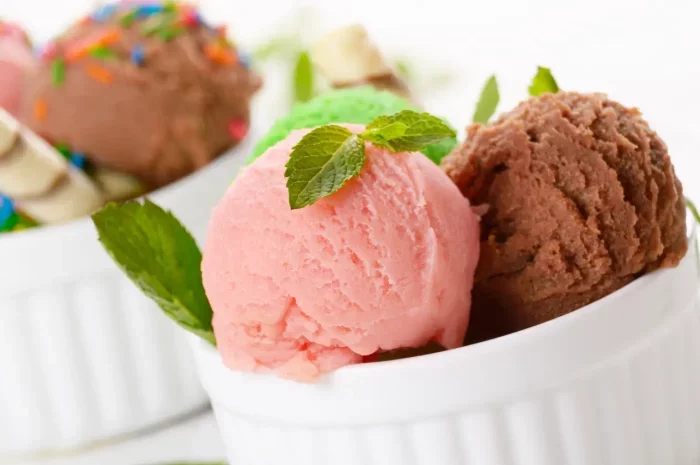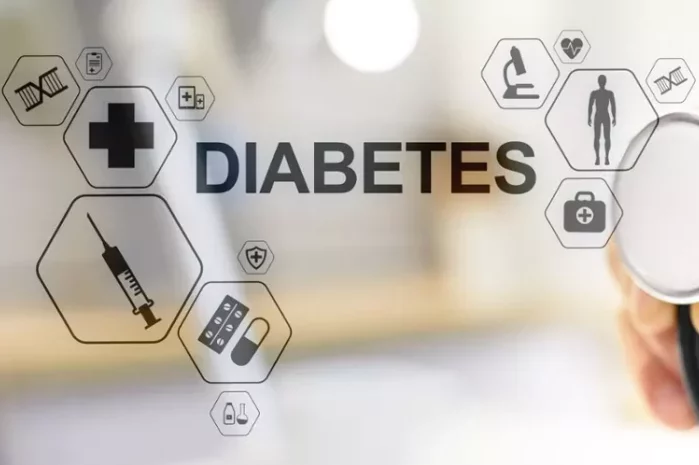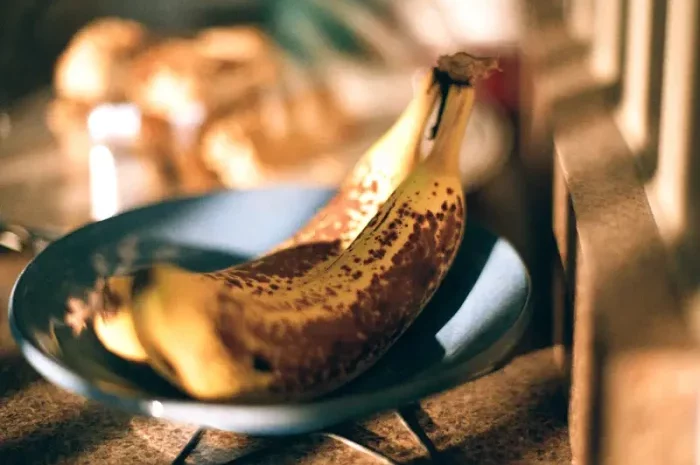Introduction to Blood Sugar Control
Maintaining healthy blood sugar levels is crucial for overall health and well-being. Blood sugar, or glucose, is the primary energy source for the body’s cells, and its levels are tightly regulated by hormones, primarily insulin. When blood sugar levels are consistently high, it can lead to a range of health problems, including diabetes, cardiovascular diseases, nerve damage, and kidney issues. Proper blood sugar control can help prevent these complications, improve energy levels, and support overall metabolic health.
Understanding Diabetes
Diabetes is a chronic condition characterized by high blood sugar levels due to the body’s inability to produce or effectively use insulin. There are three main types of diabetes:
Type 1 Diabetes: An autoimmune condition where the body’s immune system attacks insulin-producing cells in the pancreas, leading to little or no insulin production. This type often develops in childhood or adolescence.
Type 2 Diabetes: A condition where the body becomes resistant to insulin or the pancreas doesn’t produce enough insulin. It is commonly associated with obesity and lifestyle factors and typically develops in adulthood, although it is increasingly seen in younger populations.
Gestational Diabetes: This type occurs during pregnancy when the body cannot produce enough insulin to meet the increased needs. It usually resolves after childbirth but increases the risk of developing type 2 diabetes later in life.
Foods to Avoid
Certain foods are known to cause significant spikes in blood sugar levels and should be avoided or consumed in moderation, especially for those managing diabetes or at risk of developing the condition.
Sugary Drinks and Sodas
Sugary drinks, including sodas, energy drinks, and sweetened teas, are high in simple sugars that are rapidly absorbed into the bloodstream, causing immediate spikes in blood sugar levels. These beverages provide little to no nutritional value and contribute to weight gain and insulin resistance.
Refined Grains like White Bread and Pasta
Refined grains, such as white bread, pasta, and rice, have been stripped of their fiber and nutrients during processing. This leads to quicker digestion and absorption, resulting in rapid increases in blood sugar levels. Opting for whole grains like brown rice, whole wheat bread, and quinoa can provide more fiber and help stabilize blood sugar.
Sweets and Baked Goods with Added Sugars
Pastries, cookies, cakes, and other baked goods often contain high amounts of added sugars and refined flour. These ingredients can cause blood sugar spikes and offer little in terms of nutrition. Homemade versions with reduced sugar and whole grain flour can be healthier alternatives.
High-Sugar Fruits
While fruits are generally healthy, some contain high levels of natural sugars that can affect blood sugar levels. Fruits like bananas, grapes, and mangoes should be consumed in moderation. Lower-sugar fruits like berries, apples, and pears are better options for maintaining steady blood sugar levels.
Starchy Vegetables like Potatoes
Starchy vegetables such as potatoes, corn, and peas have a higher glycemic index, meaning they can raise blood sugar levels more significantly than non-starchy vegetables. Substituting these with non-starchy vegetables like leafy greens, broccoli, and cauliflower can help manage blood sugar more effectively.
Processed Snacks and Junk Food
Chips, crackers, and other processed snacks often contain refined carbohydrates, unhealthy fats, and added sugars, all of which can lead to rapid blood sugar spikes. Choosing whole, unprocessed snacks such as nuts, seeds, and fresh vegetables is a healthier alternative.
Full-Fat Dairy Products
Full-fat dairy products, including whole milk, cheese, and ice cream, contain saturated fats that can contribute to insulin resistance and higher blood sugar levels. Low-fat or non-fat dairy options can be better choices for those looking to control their blood sugar.
Fatty Cuts of Meat
Fatty cuts of meat, such as bacon, sausage, and certain cuts of beef and pork, are high in saturated fats. These fats can increase the risk of insulin resistance and cardiovascular diseases. Leaner protein sources like chicken, turkey, fish, and plant-based proteins are healthier alternatives.
The Glycemic Index
The glycemic index (GI) is a numerical system that measures how quickly and how much a carbohydrate-containing food raises blood sugar levels. Foods with a high GI are rapidly digested and absorbed, causing quick spikes in blood sugar, while low-GI foods are digested more slowly, resulting in gradual increases in blood sugar. Understanding the GI can help individuals make informed choices about the foods they consume to better manage blood sugar levels.
Healthy Alternatives
For those looking to manage their blood sugar, making healthier food choices is essential. Here are some suggestions for healthier alternatives to the foods listed above:
Sugary Drinks and Sodas: Replace with water, herbal teas, or infused water with slices of cucumber, lemon, or berries for natural flavor.
Refined Grains: Choose whole grains such as brown rice, quinoa, whole wheat bread, and whole grain pasta.
Sweets and Baked Goods: Opt for desserts made with natural sweeteners like stevia or monk fruit and whole grain flours. Fresh fruit can also satisfy sweet cravings.
High-Sugar Fruits: Enjoy lower-sugar fruits like berries, apples, pears, and citrus fruits in moderation.
Starchy Vegetables: Include more non-starchy vegetables like leafy greens, bell peppers, tomatoes, and cucumbers.
Processed Snacks: Choose whole food snacks like nuts, seeds, fresh fruit, and vegetables with hummus or guacamole.
Full-Fat Dairy: Switch to low-fat or non-fat dairy products, or consider plant-based alternatives like almond milk, soy milk, or coconut yogurt.
Fatty Cuts of Meat: Incorporate lean proteins such as skinless poultry, fish, beans, lentils, and tofu.
Reading Food Labels
Understanding how to read food labels is crucial for managing blood sugar levels. Here are some tips to help identify hidden sugars and carbohydrates:
Look for Added Sugars: Check the ingredients list for added sugars, which can appear under many names, such as high fructose corn syrup, sucrose, glucose, and agave nectar.
Check Total Carbohydrates: Pay attention to the total carbohydrate content, which includes sugars, starches, and fiber. High carbohydrate content can lead to higher blood sugar levels.
Fiber Content: Foods high in fiber can help slow the absorption of sugars and improve blood sugar control. Aim for foods with higher fiber content.
Serving Size: Be mindful of the serving size listed on the label. Often, the nutritional information is based on a small portion, so consuming multiple servings can significantly impact blood sugar levels.
Meal Planning Tips
Effective meal planning can help manage blood sugar levels and ensure a balanced diet. Here are some tips:
Balance Macronutrients: Ensure each meal contains a balance of carbohydrates, proteins, and healthy fats to slow the absorption of sugar and provide sustained energy.
Incorporate Fiber-Rich Foods: Include plenty of vegetables, legumes, and whole grains to increase fiber intake, which helps regulate blood sugar levels.
Plan Ahead: Prepare meals and snacks in advance to avoid reaching for high-glycemic options when hungry.
Monitor Portions: Be mindful of portion sizes, particularly with carbohydrate-rich foods. Using smaller plates can help control portions and prevent overeating.
Eat Regularly: Maintain consistent meal times to help stabilize blood sugar levels throughout the day.
Stay Hydrated: Drink plenty of water to support overall health and prevent dehydration, which can affect blood sugar levelsConsulting Healthcare Professionals
While dietary changes can significantly impact blood sugar control, it is essential to consult with healthcare professionals for personalized advice. Registered dietitians, nutritionists, and doctors can provide tailored guidance based on individual health needs, preferences, and goals. They can also help monitor progress and make necessary adjustments to the diet plan.
Conclusion
In conclusion, managing blood sugar levels is vital for preventing and managing diabetes and maintaining overall health. By avoiding certain high-glycemic foods and making healthier dietary choices, individuals can better control their blood sugar levels, improve their health outcomes, and reduce the risk of complications. Understanding the glycemic index, reading food labels, and planning meals carefully are practical steps that can make a significant difference. Always seek advice from healthcare professionals to ensure the best dietary approach for your specific needs.
Related Topics



























